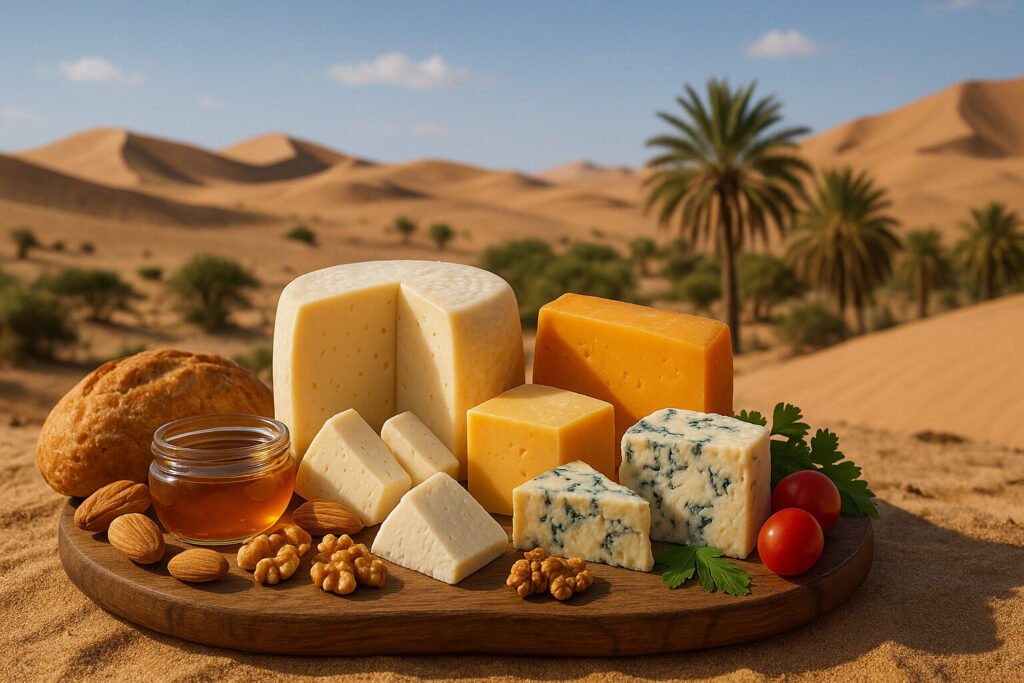Cheese Of Qatar
Definition and Scope
Cheese in Qatar represents a specialized category within dairy products, reflecting both traditional Bedouin practices and modern industrial methods. These cheeses are primarily fresh or brined varieties, adapted to the local climate and culinary preferences. The scope includes artisanal labneh, halloumi-style grilling cheeses, and processed slices for sandwiches.
Qatari cheese production integrates imported milk with local processing, creating unique textures and salt levels. Many products are consumed domestically, with limited export to neighboring Gulf countries. This category is defined by its functional role in meals rather than extensive aging or complex flavor development.
Production Methods
Traditional Qatari cheese-making involves simple acid or rennet coagulation of cow’s or goat’s milk. The process typically includes straining to create thick labneh or pressing for semi-firm cheeses. Salt-brining is common for preservation in the warm climate, resulting in characteristic salty profiles.
Modern facilities utilize pasteurization and controlled fermentation for consistency and food safety. Industrial production focuses on portion-controlled packaging and extended shelf life. Both methods prioritize quick turnaround, as extended aging is impractical in Qatar’s storage conditions.
Sensory Profile
Qatari cheeses generally present mild, milky flavors with pronounced saltiness from brining. Textures range from spreadable fresh cheeses to rubbery grilling varieties that maintain structure when heated. The aroma profile is clean and dairy-forward, without the complex notes of aged European cheeses.
Visual characteristics include bright white coloration and smooth, uniform surfaces in commercial products. Traditional versions may show slight whey separation or herb inclusions. Mouthfeel varies from creamy and coating to springy and squeaky, depending on moisture content and processing.
Culinary Applications
These cheeses serve essential roles in Qatari breakfast and meze spreads, particularly labneh with olive oil and za’atar. Grilling cheeses like the local halloumi adaptation are pan-fried or grilled for breakfast proteins and sandwich fillings. Their high melt resistance makes them suitable for cooking at high temperatures.
Processed cheese slices and spreads are incorporated into modern sandwiches and baked dishes in restaurants and homes. Sweetened cheese versions occasionally appear in desserts, blending with dates or honey. The versatility across temperature applications defines their utility in Qatari cuisine.
Regional Examples
Labneh stands as the most ubiquitous Qatari cheese, strained to various thicknesses for dipping or spreading. Local halloumi-style cheese, sometimes called jibneh, features higher moisture than Cypriot versions. These are produced by both small dairy shops and major manufacturers like Baladna.
Industrial producers create sliced cheese similar to American singles but adapted to local taste preferences. Some specialty producers experiment with camel milk cheeses, though these remain niche products. The market continues to evolve with imported techniques while maintaining distinct regional characteristics.

